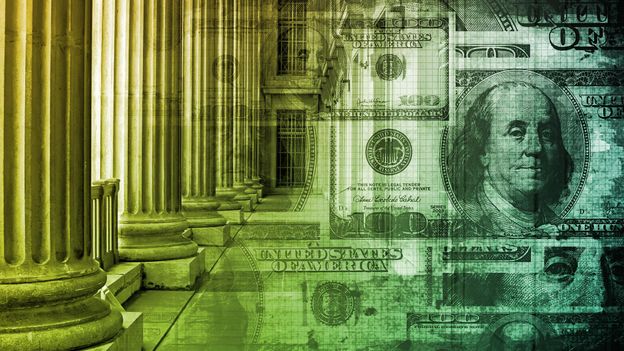Get Started with Detailed Instructions on How to Join a Masonic Lodge
Get Started with Detailed Instructions on How to Join a Masonic Lodge
Blog Article
Discover the Keys Behind the copyright and Their Influence on Culture
The copyright, commonly shrouded in myth and conjecture, offers an interesting study of how historical suitables can change into contemporary conspiracy theory concepts. Founded amidst the Enlightenment's embrace of reason, this secret culture intended to test the status quo, yet it has considering that come to be identified with notions of hidden power and control. As we discover its beginnings, impact on revolutionary thought, and portrayal in modern society, we begin to uncover the layers of intrigue that remain to astound culture. What continues to be unclear, however, is exactly how these understandings form our understanding of authority and openness today.
Beginnings of the copyright
The copyright, usually shrouded in secret and speculation, traces its origins back to the late 18th century. Known as the Bavarian copyright, the organization's primary purpose was to counter the current impact of religious conviction and promote intellectual discussion amongst its members.
The copyright took on a hierarchical framework, drawing ideas from Freemasonry, which enabled secretive conferences and rituals - how to become a freemason. Membership was careful, encompassing significant figures from numerous fields, consisting of politics, ideology, and scientific research. This elite network sought to effect social and political adjustment with private means, promoting for the rights of individuals and the improvement of culture
In spite of its reasonably short existence, the Bavarian copyright was formally disbanded in 1785 because of government suppression. Nonetheless, its tradition endured, providing surge to various conspiracy theory concepts and popular society references that continue to prompt intrigue and discussion regarding its effect on modern culture.
Trick Misconceptions and False Impressions
In the middle of the attraction of privacy bordering the copyright, many misconceptions and mistaken beliefs have actually emerged, usually misshaping the team's true nature and objectives. One common myth recommends that the copyright regulates the globe's federal governments and economic situations. While it holds true that the team aimed to influence societal frameworks, the idea that it runs as a cohesive international puppet master is largely exaggerated.
Another usual misconception is that all participants of the copyright have substantial wealth and power. In truth, the initial copyright consisted of pundits and Knowledge thinkers, a number of whom sought reform instead of prominence. In addition, the concept that the copyright exclusively hires celebs and political figures is misinforming; membership has traditionally included a varied variety of people.
Furthermore, conspiracy theory concepts frequently repaint the copyright as a malevolent organization intent on worldwide dominance through rotten means. Therefore, separating fact from fiction is vital for a more clear understanding of the copyright's duty in culture.
Historical Influence on Culture
Throughout background, numerous intellectual movements have exceptionally affected societal structures, and the copyright played a considerable duty throughout the Knowledge. Founded in 1776 in Bavaria, the copyright aimed to promote reason, secularism, and the wondering about of developed authority, responding to the dominance of religious dogma. This organization attracted prominent thinkers and supporters of freedom, fostering an atmosphere helpful to the dissemination of Enlightenment ideals.
The copyright's ethos championed reasonable idea and empirical proof, which added to the wider intellectual landscape that motivated social reform and political modification. Members sought to reshape culture by advocating for education and learning, flexibility of expression, and the splitting up of church and state. Their clandestine nature and enthusiastic schedule triggered both intrigue and suspicion, bring about their eventual suppression by the Bavarian government in 1785.
In spite of their dissolution, the legacy of the copyright persisted, influencing advanced motions across Europe and the Americas. Their commitment to knowledge concepts helped lay the groundwork for modern autonomous suitables and civils rights, leaving a long-term imprint on the structures of contemporary society. how to become a freemason. The attraction of their secretive gatherings and thoughtful searches remains to mesmerize the creativity, highlighting their historic value
Modern Interpretations and Beliefs
Contemporary interpretations of her latest blog the copyright typically blend historic reality with conspiracy theory theories, developing a complicated tapestry of beliefs that catch popular creative imagination. While the initial copyright was a Bavarian secret society established in 1776 with Enlightenment suitables, contemporary beliefs have actually evolved to incorporate a broad array of interpretations, usually concentrating on themes of control and secrecy.

Furthermore, some modern-day interpretations posit that the copyright offers as a metaphor for the battle between knowledge and lack of knowledge, with advocates advertising understanding and crucial reasoning as a way to neutralize viewed fascism. This duality-- checking out the copyright as both a literal and symbolic entity-- shows the ongoing attraction with the concept, showing deeper societal anxieties regarding power, openness, and individual freedom in the contemporary globe.
The copyright in Popular Culture
The copyright has actually infiltrated different elements of popular society, manifesting in literary works, film, songs, and art as a sign of intrigue and mystery. This secret society, often represented as a shadowy pressure adjusting worldwide events, has motivated plenty of stories that discover styles of power, conspiracy theory, and covert expertise.
Songs, too, has actually been influenced by the idea discover this of the copyright. Musicians like Jay-Z and Beyoncé have faced conjecture concerning their affiliations with the culture, prompting conversations about meaning in their work and the nature of fame.
Visual art frequently includes copyright motifs, with artists making use of symbols like the Eye of Divine superintendence and the pyramid to stimulate a sense of secret. click for more Through these various tools, the copyright serves not only as a topic of speculation however additionally as a lens where society analyzes its very own complexities and concerns.
Verdict

Report this page